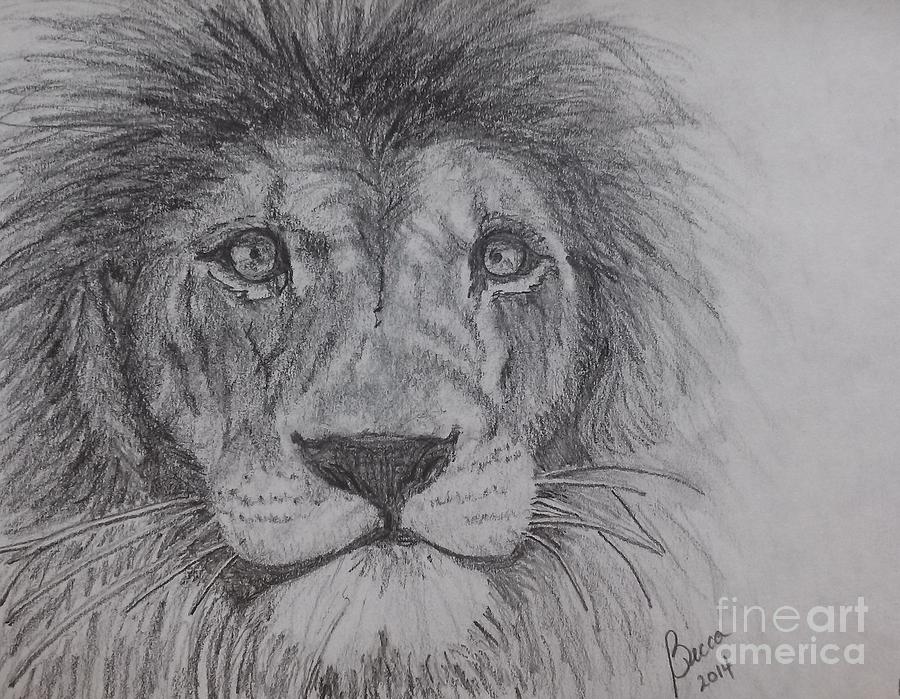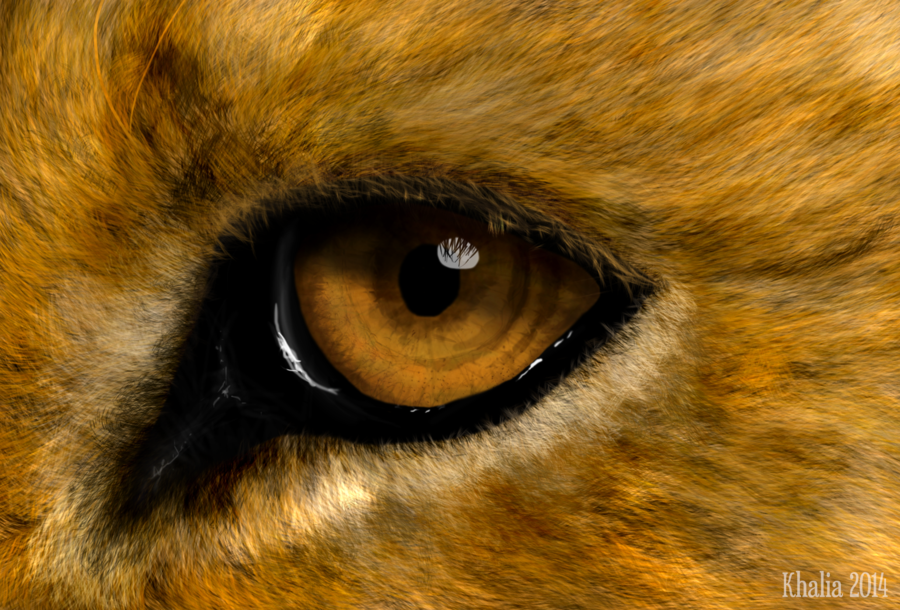

This find demonstrates that, contrary to past opinion, teeth and claws could indicate the presence of local, wild lions, rather than simply being the residue of imported pelts or amulets, as was said about the first lion bone found at LH Tiryns. For example, at Durankulak in Bulgaria, excavators found a Neolithic family of three lions-a youth and two adults-one of whom, according to the publisher, was “plus grand, mâle probablement.” The crania and claws of all three of these animals were missing, suggesting that the lions were probably killed, skinned, and butchered at the hunting site and that their heads and claws were taken back to the village as trophies. Lion bones not only illustrate instances of people/predator interaction, they also offer new options for explaining what the bones themselves mean. My paper explores specific ways in which real lion bones do, and do not, overturn our previous understandings of the relationship of people and predators, and of nature and convention, in Mycenaean art.

This osteological evidence has not yet been integrated into Mycenaean studies. However, archaeozoologists have found the remains of Panthera leo at thirty-eight sites in Greece and Southeastern Europe, establishing that the large-maned lion roamed freely during the Chalcolithic and Bronze Ages and even into the Archaic period in Greece and the Balkan peninsula. Until the 1970s, it was widely believed that real lions did not exist in Greece in the Bronze Age.


 0 kommentar(er)
0 kommentar(er)
